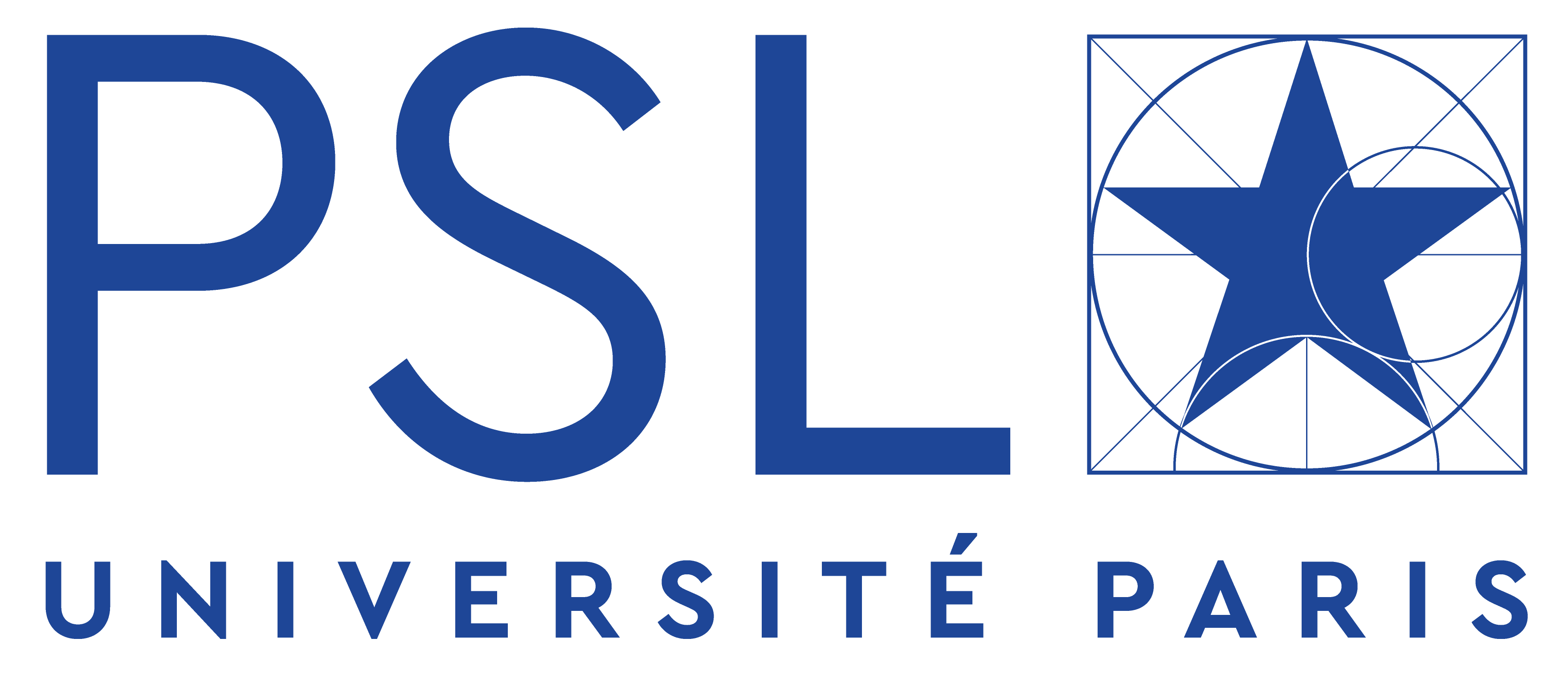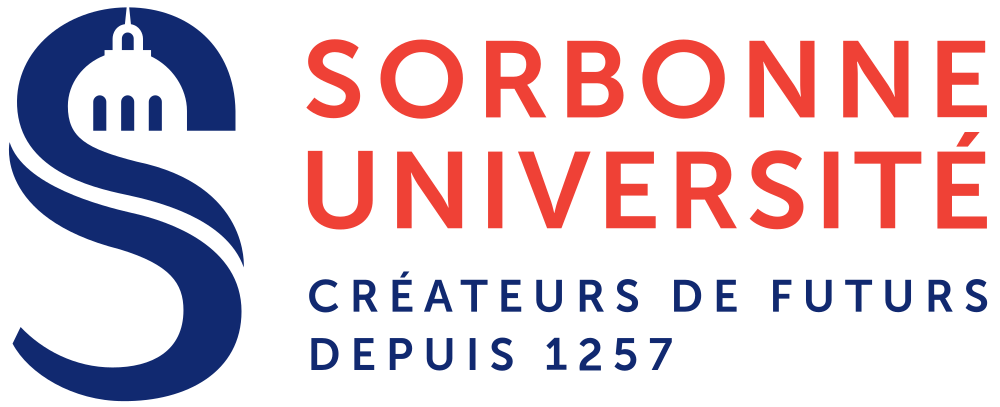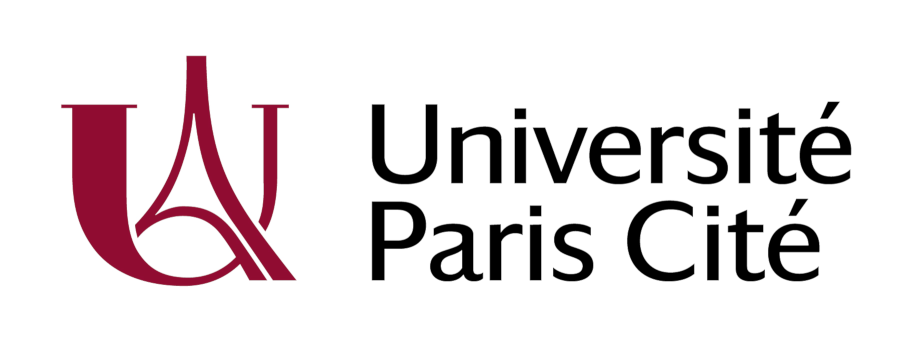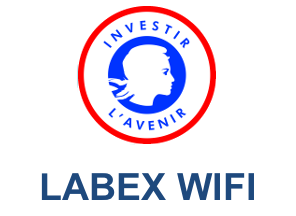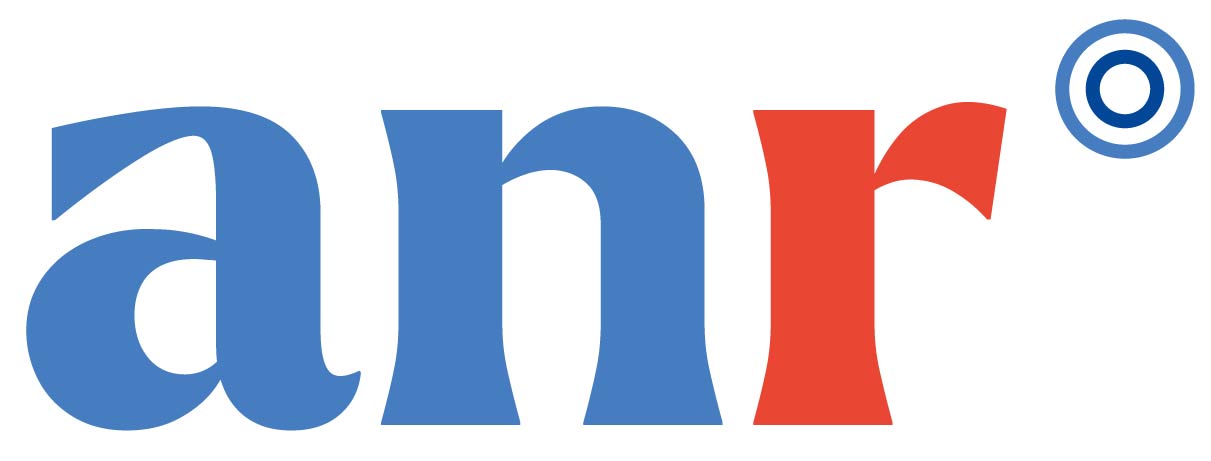Metasurfaces and metamaterials
Permanent members
– Sébastien Bidault
– Mathias Fink (OMC)
– Samuel Grésillon
– Fabrice Lemoult
– Geoffroy Lerosey
– Abdel Ourir
– Julien de Rosny (NCIS)
– Arnaud Tourin (OMC)
– Yannick De Wilde
Summary
Metasurfaces and metamaterials are generally considered as 2D and 3D arrangements of sub-𝜆, ordered or disordered resonators, exploiting both the individual properties of the resonators but also collective processes enabling waves to be manipulated macroscopically (e.g. by engineering dispersion relations) or locally (wave focusing, localization or guiding phenomena). We are interested in the development of metasurfaces and metamaterials over a wide range of frequencies, from a few hundred Hz to MHz in acoustics, to a few GHz in microwaves and up to a few tens or hundreds of THz in visible and infrared optics.
Metamaterials at microwave frequencies: Dirac cones and topological insulators
Usually, metamaterials are considered as artificial media structured on a sub-𝜆 scale, whose average response of elementary cells confers a macroscopic property. However, these homogenization strategies fail to account for certain macroscopic properties. To highlight some of them, we conducted experiments with electromagnetic waves in the microwave frequency range on a medium composed of conducting wires parallel to each other. By fabricating unit cells comprising several sub-networks, it is possible to show band folding, like photonic crystals, despite the very sub-𝜆 nature of our media. We can then speak of crystalline metamaterials. For example, a honeycomb lattice of identical wires gives rise to Dirac cones at K-points in the Brillouin zone [Yves et al., Phys. Rev. Lett 2018]. What’s more, working on a macroscopic scale gives us access to observables that are difficult to reach directly in solid-state physics. We are thus able to carry out a complete mapping of the Berry phase within the first Brillouin zone. As these Dirac cones are topological transition points, we need to lift the degeneracy in order to find materials whose topological phase is different from that of vacuum (or air). One way of lifting the Dirac degeneracy is to consider a supercell containing 6 resonators [Yves et al., Nat. Comm. 2017]. Following the way to physically create this super-cell, we were able to fabricate a classical analogue of a topological insulator of type ℤ2 (figure below).
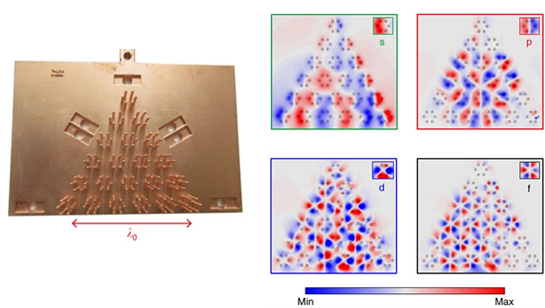
Photograph of a metasurface acting as a classical analog of a topological ℤ2-type insulator (left) and spatial mapping of its resonance modes (right).
Acoustic metasurfaces and metamaterials: Active metamaterials and bubble arrays
We are conducting similar experiments with scalar acoustic waves. The same properties of crystalline metamaterials have been demonstrated there [Yves et al., New J. Phys. 2017] [Yves et al., Sci. Rep. 2017]. One of the advantages of acoustics lies in its experimental versatility, and we were thus able to design an active metamaterial by adding nonlinear loops to each of the resonators. In this way, a beautiful analogy with the cochlear wave that amplifies weak sounds could be demonstrated [Rupin et al., New J. Phys. 2019] (figure below, left).
A single air bubble in water exhibits a strong monopole resonance at low frequency (the so-called Minnaert resonance), making it an excellent candidate for the design of locally resonant acoustic metamaterials. A disordered set of identical bubbles in water thus presents a wide band gap above the Minnaert frequency, known as the hybridization band. Theoretical and numerical work has led us to propose two strategies for obtaining a double-negative material by organizing the resonators in a disordered or ordered manner. The first consists in considering a random set of bubble pairs (with a fixed distance between bubbles in each pair); we then induce a statistically robust dipolar resonance, at the frequency of which a window of transparency appears in the bandgap. This window is associated with negative values of compressibility and density [Lanoy et al., Phys. Rev. B 2017] (figure below, right). The second strategy is to arrange the bubbles on a diamond lattice. The bi-periodicity associated with the presence of two bubbles in the primitive cell is another way of introducing a dipolar mode.
Here again, a negative branch appears in the dispersion relation [Lanoy et al., J. Appl. Phys. 2021]; this can be seen as an equivalent of the optical branch observed in the phonon dispersion relations of diatomic crystals.
We are also interested in meta-screens consisting of viscoelastic matrices riddled with sub-wavelength-sized gaseous inclusions. When the matrix is sufficiently soft, each inclusion exhibits a low-frequency resonance like an air bubble in water. Under the critical coupling condition, a meta-screen of sub-wavelength thickness can then behave as a highly efficient absorber of ultrasound when placed in front of a perfect reflector. We have built a semi-analytical model that predicts the reflection and transmission coefficients of such a meta-screen as a function of its geometric and rheological characteristics, and takes into account the influence of temperature and static pressure on its performance [Thieury et al., J. Appl. Phys. 2020].

Photograph of an active metamaterial mimicking the properties of the cochlea (left). Theoretical analysis of a disordered metamaterial composed of pairs of bubbles with negative values of compressibility and density (right).
Metamaterials at optical frequencies
Wavefront modulation techniques in disordered media offer many possibilities for spatially controlling the focusing of light. We have demonstrated that this far-field control of light can be associated with the sub-𝜆 localization of the field on disordered plasmonic metasurfaces. The latter feature both hot spots and delocalized plasmonic modes that can be controlled using a spatial light modulator. We have demonstrated that controlling the phase of a pulsed laser on a disordered plasmonic metasurface can optimize two-photon luminescence by two orders of magnitude at a chosen position [Roubaud et al., Nano Lett. 2020] (figure below). We also developed a statistical imaging technique for these disordered metasurfaces to demonstrate that far-field control was possible over the entire sample surface, and that it was all the more effective the more structurally disordered the metasurface [Roubaud et al., ACS Phot. 2021].
While metals no longer exhibit plasmonic properties in the mid-infrared, highly doped semiconductors (such as indium arsenide) can exhibit a negative real part of their permittivity like metals in this frequency range. We have studied infrared metamaterials composed of doped and undoped InAs multilayers and exhibiting a hyperbolic dispersion relation, using a near-field thermal radiation microscope invented in the laboratory (TRSTM, Thermal Radiation Scanning Tunneling Microscope). We were able to observe the spectral signature of thermally-excited bulk surface plasmons propagating at the interfaces of the doped/undoped layers of the heterostructure. The spatial resolution achieved of 100 nm is 100 times smaller than the resonance wavelength around 10 μm. This spatial resolution enabled us to observe the transition, as a function of distance from the heterostructure, between two regimes where a homogenization of the metamaterial would be valid or erroneous [Peragut et al., Optica 2017].
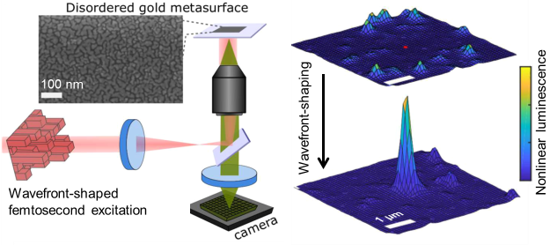
Principle of far-field wavefront control to locally optimize the nonlinear luminescence emitted by a disordered gold metasurface (left) and experimental demonstration of a gain by a factor 100 in nonlinear luminescence after optimization (right).



